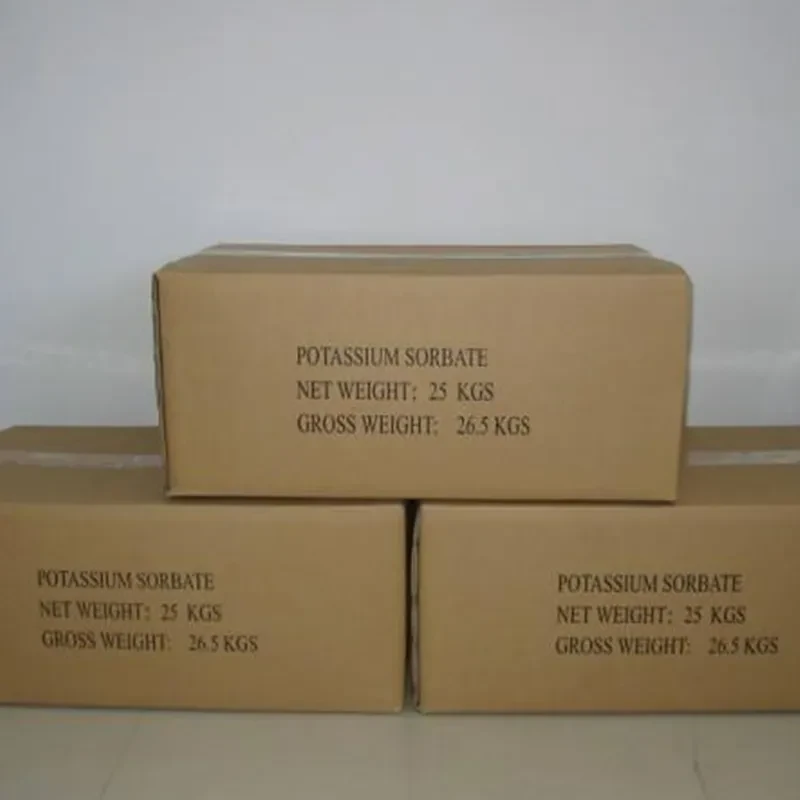
Understanding Emulsifier E471 and Its Role in Food Products and Industry Applications
Understanding Emulsifier E471 What You Need to Know
Emulsifier E471, commonly known as mono- and diglycerides of fatty acids, is a versatile food additive widely used in the food industry. It plays a crucial role in enhancing the texture, stability, and shelf life of various food products. Understanding E471 and its applications is essential for consumers who are increasingly interested in the ingredients of the food they consume.
What is E471?
E471 is derived primarily from vegetable oils and fats, although it can also be produced from animal fat. The processing involves the glycerol backbone, which is combined with fatty acids to form mono- and diglycerides. The result is a food additive that serves primarily as an emulsifier, which means it facilitates the mixing of ingredients that typically do not mix well, such as oil and water.
How Does E471 Work?
Emulsifiers like E471 work by reducing the surface tension between two immiscible liquids. In a typical scenario, when oil and water are combined in a product (such as salad dressings or mayonnaise), they tend to separate. E471 aids in stabilizing the mixture by helping these two components blend together, creating a smooth and uniform product. This property is vital in many processed foods, ensuring a consistent taste and appearance.
Applications of E471
E471 is commonly found in a wide range of food products. Some typical uses include
1. Baked Goods In cakes, cookies, and pastries, E471 helps improve texture and volume. It allows for a finer crumb structure and prolongs freshness by retaining moisture. 2. Dairy Products It is used in ice creams, whipped creams, and cheese products to improve creaminess and prevent the separation of fats.
emulsifier e 471

3. Confectionery Chocolates and candies often contain E471 to improve consistency, allowing for a smooth mouthfeel.
4. Sauces and Dressings Emulsifier E471 is crucial in sauces such as mayonnaise and dressings, where it ensures a stable blend of oil and vinegar or other ingredients.
5. Processed Foods Various convenience foods, including ready meals and snacks, leverage E471 to maintain texture and stability throughout their shelf life.
Safety and Regulations
E471 is considered safe for consumption by various food safety authorities, including the European Food Safety Authority (EFSA) and the U.S. Food and Drug Administration (FDA). It has been evaluated and approved for use in food products, provided that it is used within the recommended limits. However, it is essential for consumers with specific dietary restrictions, such as vegetarians or vegans, to note that E471 can be derived from both plant and animal sources. As such, individuals should check product labels if they are concerned about its origin.
Nutritional Considerations
While E471 plays an essential role in food formulation, it is also important to consider its contribution to the diet. As an emulsifier, E471 does not provide significant nutritional value, nor does it contribute calories when consumed in typical amounts found in food products. However, it facilitates the consumption of processed foods, which can be high in sugars, salts, and unhealthy fats. Therefore, while E471 itself is not harmful, overconsumption of processed foods may pose health risks.
Conclusion
In conclusion, emulsifier E471 is a critical ingredient that enhances the quality and stability of many food products. Its ability to mix oil and water makes it indispensable in various applications, from baked goods to sauces. While it is generally recognized as safe, consumers should remain informed about its origin and consider the broader nutritional implications of their food choices. As always, moderation and awareness are key principles for a healthy diet in modern times. Understanding ingredients like E471 can empower consumers to make informed decisions about the foods they choose to eat.
-
Pure Sodium Dichloroisocyanurate Dihydrate | Powerful DisinfectantNewsAug.29,2025
-
Industrial Chemicals: Quality & Purity for Every IndustryNewsAug.28,2025
-
Nitrile Rubber Honoring Strict Production StandardsNewsAug.22,2025
-
Aspartame Ingredients Honoring Food Safety ValuesNewsAug.22,2025
-
Fertilizer for Balanced Plant NutritionNewsAug.22,2025
-
Cyanide Gold Processing with High Purity AdditivesNewsAug.22,2025
-
Formic Acid in Textile Dyeing ApplicationsNewsAug.22,2025
Hebei Tenger Chemical Technology Co., Ltd. focuses on the chemical industry and is committed to the export service of chemical raw materials.
-

view more DiethanolisopropanolamineIn the ever-growing field of chemical solutions, diethanolisopropanolamine (DEIPA) stands out as a versatile and important compound. Due to its unique chemical structure and properties, DEIPA is of interest to various industries including construction, personal care, and agriculture. -

view more TriisopropanolamineTriisopropanolamine (TIPA) alkanol amine substance, is a kind of alcohol amine compound with amino and alcohol hydroxyl, and because of its molecules contains both amino and hydroxyl. -

view more Tetramethyl Thiuram DisulfideTetramethyl thiuram disulfide, also known as TMTD, is a white to light-yellow powder with a distinct sulfur-like odor. It is soluble in organic solvents such as benzene, acetone, and ethyl acetate, making it highly versatile for use in different formulations. TMTD is known for its excellent vulcanization acceleration properties, which makes it a key ingredient in the production of rubber products. Additionally, it acts as an effective fungicide and bactericide, making it valuable in agricultural applications. Its high purity and stability ensure consistent performance, making it a preferred choice for manufacturers across various industries.





